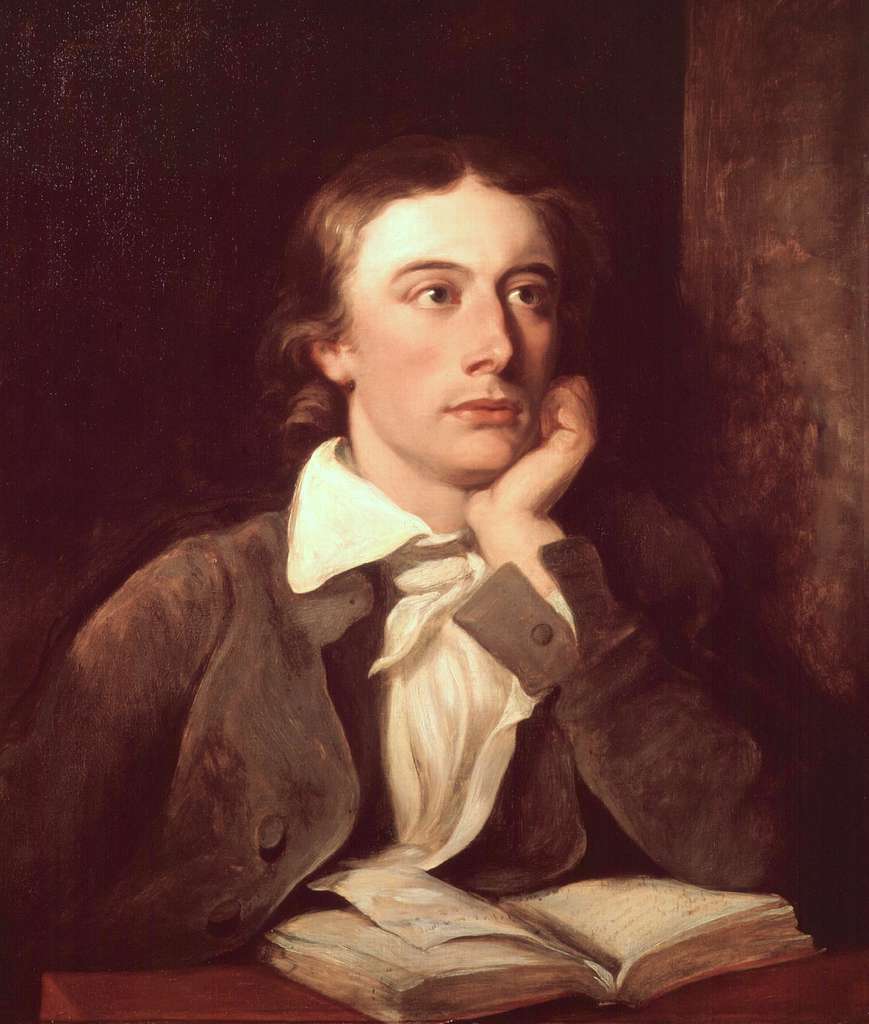John Keats’s 1819 poem Ode on a Grecian Urn has become one of the most widely anthologized and studied works of Romantic era poetry. As readers, the ode invites us to closely engage with the intricate details of the urn as a means to meditate on some of life’s biggest themes.
In this blog post, we’ll unpack the meaning and significance of Keats’s famous ode. We’ll look at:
- Key details about the poem and its creation
- An overview of the ode’s major themes
- An analysis of prominent symbols and creative elements
- The conclusion and lasting importance of this beloved poem Ode on a Grecian Urn
I encourage you to read through my analysis with a copy of Keats’s poem close by for reference. Understanding and appreciating this ode requires careful attention and an investigative spirit. Let’s dig deeper together!
I. Origins and Background of Ode on a Grecian Urn
To start, here are some key details on the background behind Ode on a Grecian Urn:
- Written in 1819 – Keats was 23 years old and nearing the end of his life
- Part of Keats’s Great Odes period – Widely considered his best creative era
- Inspired by a visit to the British Museum – He engaged with the Elgin Marbles and Greek urns

The ode describes an ornate, ancient Grecian urn adorned with pictorial decorations. Through ekphrasis, Keats brings the urn and its artwork to life with rich descriptive language.
The poem has become a quintessential study of the potency and permanence of art across the ages. Its meditative opening lines are especially beloved in the literary canon:
Thou still unravish’d bride of quietness, / Thou foster-child of Silence and slow Time…
from Ode on a Grecian Urn
Powerful stuff! Now that we’ve set the stage, let’s analyze the ode’s winding thematic landscape.
II. Prominent Thematic Elements
At its core, Keats’s ode examines humanity’s attempt to engage with the ephemeral through lasting creative works. By depicting life and nature on the urn, the artist has frozen fleeting experiences into permanent from.
Several interwoven themes stand out when analyzing the ode:
A. The Tension Between Art and Life
The bard is struck by how the urn manages to freeze transient experiences into enduring scenes. We as readers are also drawn into this static world, engaging imaginatively with its detail.

And yet, the figures decorating the urn remain frozen – while dynamic and beautiful, they do not experience life’s natural progression. There is creative tension between this timeless art and the temporal flow of human existence.
Related themes that manifest from this include: ephemerality, permanence, temporality, and the evocative relationship between Art and Nature.
B. Ambiguity and Paradox Surrounding Love and Beauty
Several of the poem’s symbolic tableaus depict romantic couples in states of unfulfilled longing and desire:
For ever warm and still to be enjoy’d, / Forever panting, and forever young
from Ode on a Grecian Urn
Here the urn’s artwork conveys love as simultaneously fulfilled yet frustrated – subject to endless wanting without completion. The subject is full of rich paradoxes.
We also see this tension arise via repetitive anaphora in the famous lines:
Beauty is truth, truth beauty,—that is all / Ye know on earth, and all ye need to know.
from Ode on a Grecian Urn
Rife with complex paradoxes, the poem forces readers to hold multiple perspectives simultaneously.
C. The Cynical and Transcendent Workings of the Imagination
The speaker understands the urn itself does not feel. The events it depicts exist only in represented form, in the mind of the observer. And yet looking triggers a cascading imaginative experience fueled by the artwork.

Cynically this can be seen as a deception, merely “teasing” the observer as a means of provoking feeling. Yet the ode also recognizes the transcendent capability of human imagination and memory to produce meaning.
There is profound interplay between art’s artificial imaginings and the insights this can provide about lived experience.
Through these examinations, the poem points to imagination’s bittersweet capability to both expand and frustrate human awareness.
D. Cyclical Nature, Rituals and History
Details depicted on the urn convey a strong sense of continuity and recurrence over time. Scenes of musicians, lovers, religious rites and processions all infer ongoing customs and cultural traditions preserved.
As an artefact, the urn itself has endured across significant spans of history. Its imagery points to shared patterns of living that persist through the ages.
Thus Keats, in Ode on a Grecian Urn, invites readers to locate themselves and their own mortal experiences within this context of expanding time, change and continuity. Past, present and future exist concurrently when engaging with this ancient object and its figurative scenes.
There are so many rewarding pathways to explore when analyzing this ode! Now let’s shift gears to look at some of its creative symbols and formal elements.
III. Prominent Symbols and Creative Elements
Strong lyric poems are woven together by resonant symbols and strategic elements that unfold meaning. Keats adeptly employs various techniques in Ode on a Grecian Urn to layer in significance and intrigue.

Here are some prominent examples to note:
| Symbol | Significance |
|---|---|
| The Urn | Antiquity, aesthetic appeal, perseverance, connection to history |
| Unravished Bride | Preservation, lack of decay, virginity |
| Marbles & Stone | Classical motifs, cool surfaces, associated Rigidity |
| Trees and Flora | Organic impermanence, recurring seasons and lifecycles |
| Ode form | Ceremonial, lofty tone conveying reverence |
| Rhetorical questions | Provokes thought, heightens engagement |
| Anaphora | Emphasizes key themes and motifs |
| Ekphrasis | Power in visual description, imaginative rendering |
Masterfully woven together, these elements create intrigue while conveying thematic depth.
IV. Concluding Thoughts on Significance
It’s clear why Keats’s Ode on a Grecian Urn remains such an important and captivating poem nearly 200 years later.
Let’s reinforce some key takeaways as we conclude our analysis:
- Provides meditative insight on the relationship between art and mortal existence
- Wrestles with profound paradoxes and ambiguities of life and love
- Features resonant observations on the imagination’s workings
- Conveys a palpable sense of historical continuity and cultural rituals
- Showcases Keats’s immense lyrical capability and mastery
In the space of five thoughtfully rhymed stanzas, the poet engages readers in a deeply existential examination of meaning across eras. Like the urn itself, the ode remains enduringly provocative and profound long after its creator’s death.
For more study material and posts for RPSC First Grade, English, keep visiting out blog and be updated with your studies.
I hope tracing my analysis provided enriching perspective into this incredible poem. Please share any related interpretations, critiques or insights of your own in the comments below! Interpreting this masterwork is an ongoing process we all contribute to.








